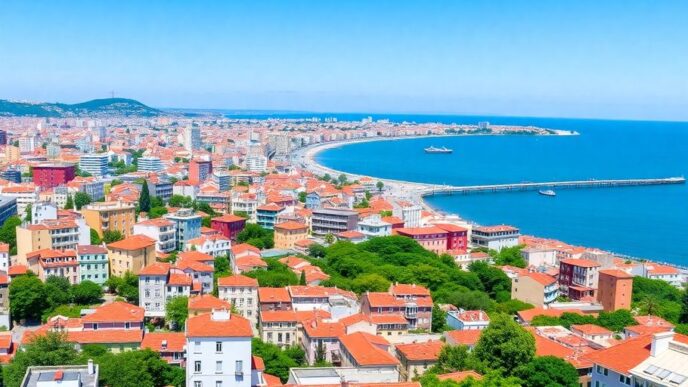The wine industry is currently facing significant challenges due to climate change, which threatens traditional practices and geographical indications across Europe. As vintners adapt to these changes, innovative strategies are emerging to ensure the sustainability and resilience of wine production.
Climate change is reshaping the landscape of the wine industry, particularly in Europe, where traditional practices are deeply rooted in specific climatic conditions. A recent study has highlighted the vulnerability of over 1,000 protected designations of origin, especially in countries like Italy and France, which account for a significant portion of the EU’s wine production.
The study, conducted by Ca’ Foscari University of Venice and Eurac Research, mapped the potential impacts of climate change on various wine regions, revealing that southern European areas are particularly at risk. The research indicates that regions such as Romania, Croatia, and Hungary will experience the highest levels of exposure to climate change, while areas with a strong oceanic influence, like Portugal, may fare better.
Vulnerability Assessment Of Wine Regions
The assessment categorized European wine regions into different vulnerability groups based on their adaptive capacity and exposure to climate change:
- High Vulnerability (5% of regions): Regions like Trebbiano d’Abruzzo and Lambrusco Mantovano in Italy face significant risks due to climatic conditions and limited resources for adaptation.
- Moderate Vulnerability (25% of regions): This group includes appellations such as Côtes de Provence and Rioja, which are at risk but have some capacity to adapt.
- Low Vulnerability (70% of regions): Regions like Alsace and Rheinhessen have the potential resources to adapt, such as moving vineyards to higher altitudes or investing in new technologies.
Innovative Strategies For Adaptation
To combat the challenges posed by climate change, wine producers are exploring various innovative strategies:
- Canopy Management: Adjusting the structure of vineyards to optimize sunlight exposure and reduce heat stress on grapes.
- Irrigation Techniques: Implementing advanced irrigation systems to ensure consistent water supply during dry spells.
- New Grape Varieties: Experimenting with grape varieties better suited to warmer climates, such as Touriga Nacional in Bordeaux, to enhance resilience.
- Regulatory Flexibility: Modifying production specifications to allow for the cultivation of new varietals that can thrive under changing conditions.
Conclusion
The wine industry stands at a crossroads, where the challenges of climate change necessitate both innovation and flexibility. As regions adapt to new realities, the future of wine production will depend on the ability to balance tradition with the need for resilience. By embracing new practices and technologies, vintners can ensure that their wines continue to reflect the unique terroir of their regions while navigating the complexities of a changing climate.













